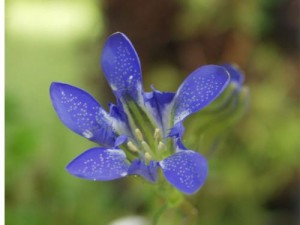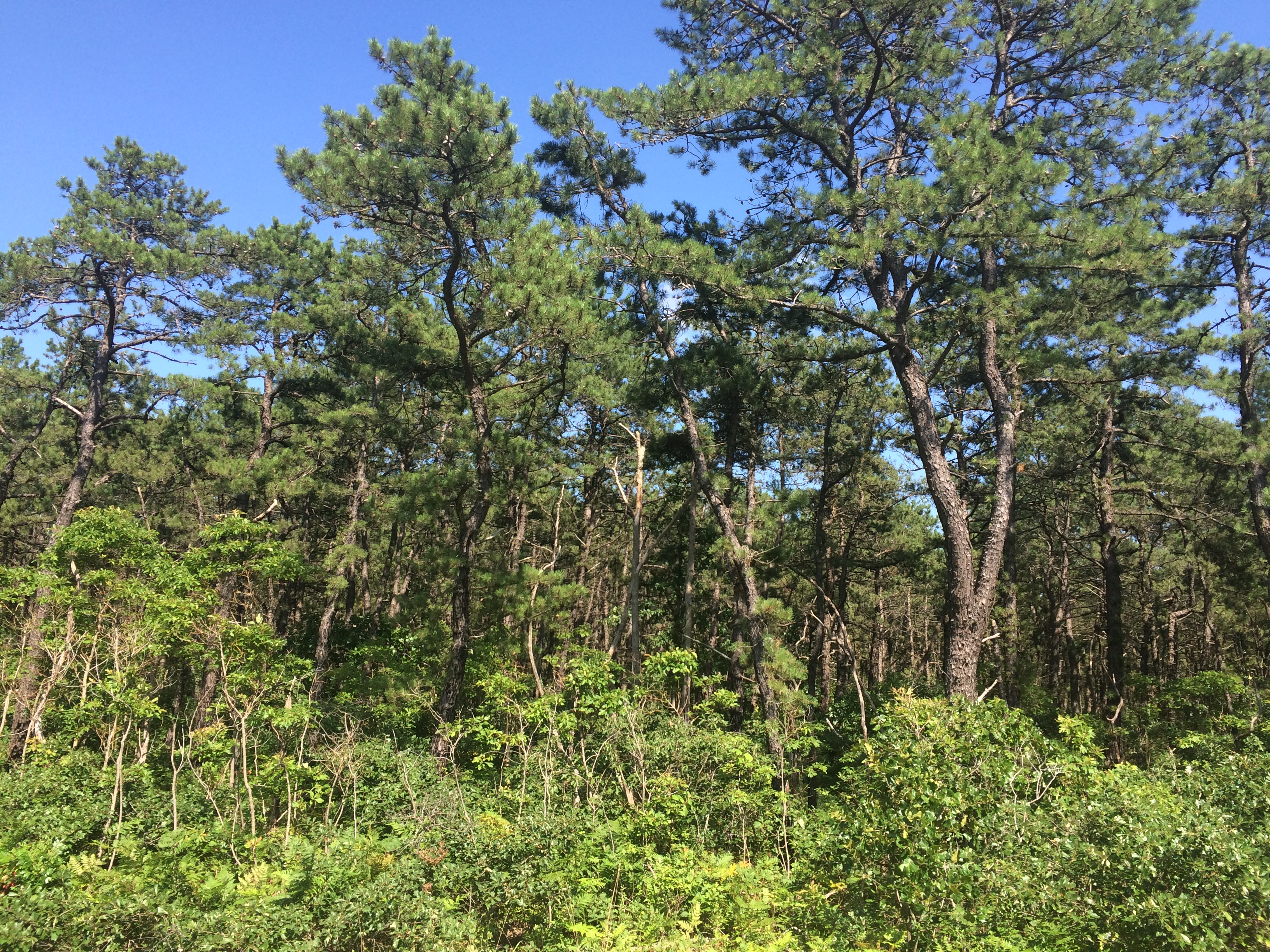The Pinelands of New Jersey and the Pinelands National Reserve include over one million acres of land in Southern New Jersey. The area covers parts of seven counties including Ocean, Camden, and Atlantic (Frequently Asked Questions). The soil found in the Pine Barrens is not effective for extensive farming and agricultural growth and is described as “sandy, sometimes gravelly, porous, acidic and does not retain enough moisture” (Pinelands Alliance). However, both blueberries and cranberries thrive in such otherwise barren growing environments. In fact, New Jersey ranks fifth in blueberry production and third in cranberry production nationwide (The Garden State). The wet-harvesting method commonly used to pick cranberries was established in New Jersey around 1960 (Pineland Alliance). Wet harvesting fills each bog with water, allows the cranberries to float to the top of the bog, and then separates all the cranberries from their vines.
Aside from the folklore surrounding the notorious Jersey Devil (an 18th-century legend about a creature with bat-wings, a goat or horse head, razor-sharp claws, and the appearance of a devil), deep within the heart of the Pinelands lies another true mystery. The Pygmy Pine Plains, or Dwarf Plains, have long been enigmatic. Like the Pine Barrens themselves, the Pygmy Pine Plains are composed of several varieties of trees, including Pitch Pines and Blackjack Oaks (Pineland Alliance). However, all of the the trees that make up this area typically grow no “higher than one’s knee” (Pinelands Alliance). Many have suggested that this impediment to growth is the result of numerous factors: forest fires, nutrient-poor soils, and regularly high winds (Pinelands Alliance).
The Pine Barrens houses a vast number of plants and wildlife. Hundreds of species of plants, including endangered and carnivorous pitcher plants and sundews, are plentiful in this area of New Jersey. In addition, the Pine Barrens Gentian is an endangered species of flower found in the Pineland area. Several factors, including commercial development and alteration of water sources, have proven detrimental to these plants (USBG). In addition, the Pine Barrens houses a wide variety of wildlife throughout the year, including 35 mammals, over 100 migrating birds, and several different reptiles, amphibians, and fish (Pinelands Wildlife). Stockton University, in close proximity to the Pine Barrens, has been thinning the woods surrounding its campus for research. Thinning the trees enhances the forest by preventing hazards such as fires and insect infestation (Hetrick).

Credit: U.S. Botanic Garden
How do the Pine Barrens relate to urbanature? Quite simply. Like other nature preserves, the Pine Barrens are located in the center of a busy, populated urban region, between Philadelphia and New York City. In addition, The Garden State Parkway and the Atlantic City Expressway serve as commuter paths for an endless number of year-round New Jersey travelers, both highways running directly through the Barrens. Despite these urbanizing factors, many areas of the Pine Barrens remain undisturbed. In the 1960’s, John McPhee, author of The Pine Barrens, spent several months exploring and mapping the area. His awestruck reaction was quickly overcome by angst as he pictured the potential future of the area. Luckily, the book caught the attention of many readers, including James Florio, former Governor of New Jersey, who began working hard to preserve much of the land that still covers over one-million acres (News Transcript). Today, the Pine Barrens and its natural inhabitants live more-or-less harmoniously with the countless commuters who drive through its prodigious, horizon stretching, trees each day. –Kerin Maguire.
